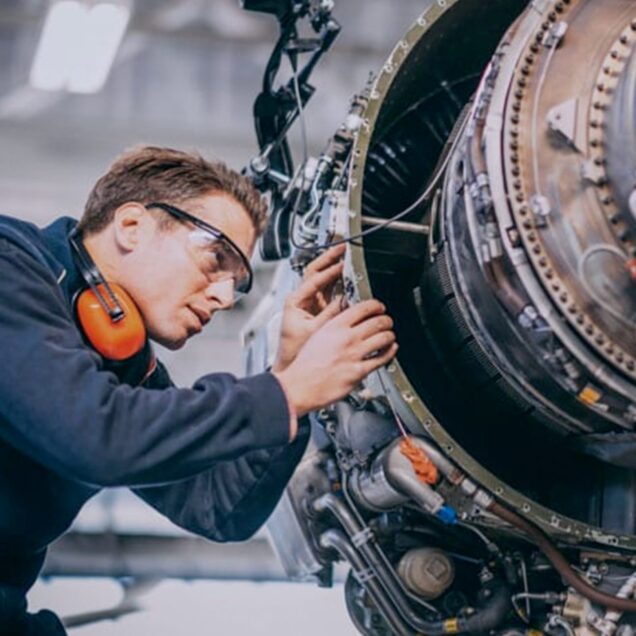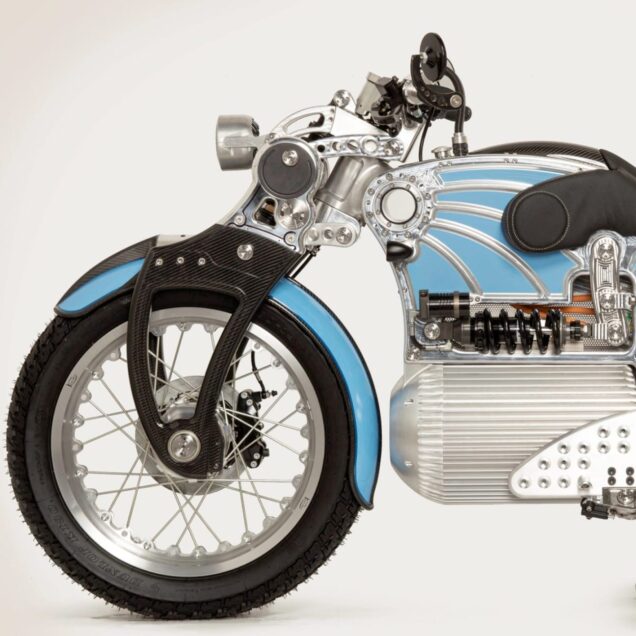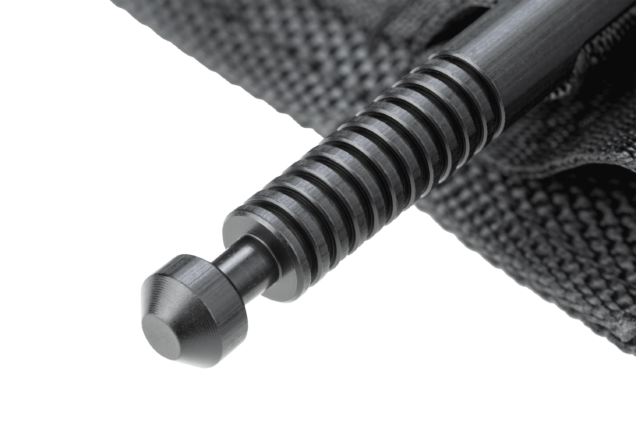Making disruptive design possible
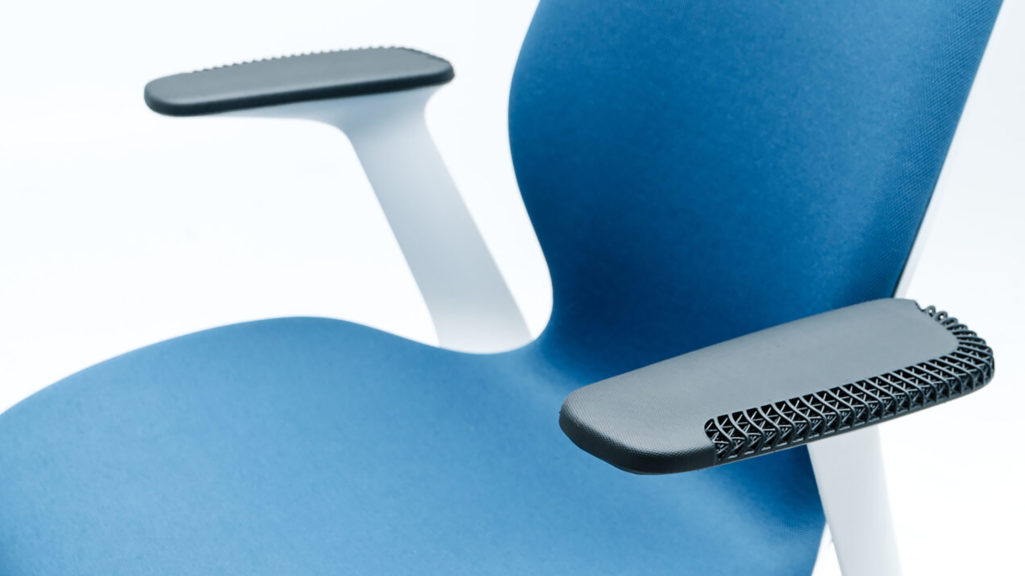
Working with Fast Radius allowed us to explore what’s now possible – we were able to identify, design, and produce a real end-use product with additive.
The challenge
Unlocking new designs and mass customization
Steelcase had big plans to reimagine its successful chair design using innovative manufacturing processes.
Steelcase wanted to expand the personalization options on its SILQ chair. To further differentiate the product and improve the development process they turned to additive manufacturing — and found a partner in Fast Radius.
Breakthroughs often start with a simple concept. And in the case of Steelcase’s SILQ chair — which won a prestigious Innovation Award at the 2018 NeoCon — an aspirational sketch started it all.
In 2008, James Ludwig, Vice President of Global Design & Engineering at Steelcase™, sketched a chair concept stripped of all the machinery that had become status quo in high-performance seating. Since SILQ first debuted, Steelcase has continued to experiment with enhancements to the chair’s design, living up to its decades-old reputation of pursuing innovation. Now, consumers can personalize their chair with different fabrics, colors or finishes.
Steelcase joined Fast Radius’s Application Launch Program® (ALP) in January 2018 to find an additive application that went beyond using production-grade 3D printing as a tool for rapid prototyping. They wanted to explore how additive manufacturing could improve the product development process and differentiate their products in the market, while also greatly reducing the time it took to bring their products to life. The team decided to partner with Fast Radius and use Carbon® to design, engineer and print a custom arm cap using digital manufacturing.
To capture innovation awards, earn press and make waves, you have to be first. It’s only natural that Steelcase is adopting additive manufacturing as a means of enhancing design and streamlining production. And the impact transcends the SILQ chair. It transcends even the furniture industry. It means that designs that were unmakeable 10 years ago have been made possible with the advent of scalable, production-grade additive manufacturing.
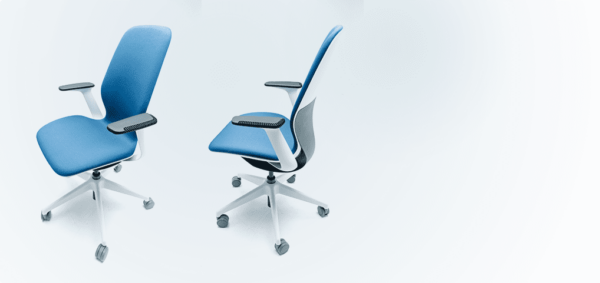
Ever since SILQ first debuted, we have continued to experiment with enhancements to the chair’s design, living up to our reputation of pursuing innovation. The additive manufacturing processes from Fast Radius and Carbon enabled us to streamline the already-unique aesthetics of the chair with a lattice structure that also condensed three parts into one.
making it possible
Expedited development and real-time prototyping
1. Streamlined product design and development
A key benefit of additive manufacturing is expedited speed to production. In each design iteration, the prototypes were at nearly production-grade levels. Not only did this save Steelcase time in the design and prototyping phases, but it also allowed them to glean insights about fit, form and functionality in real time. This allowed greater improvements to the design that may not have been realized with traditional prototyping — and for a design-driven company like Steelcase, this was crucial. Steelcase could go through as many redesign cycles as it took to get things right. In this instance, Fast Radius took the initial idea and turned it into 100 design concepts. From those iterations, Fast Radius produced 12 unique designs in just six weeks.
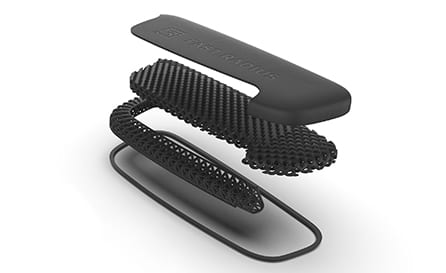
2. Improved aesthetics
Carbon’s Digital Light Synthesis™ (DLS) technology uniquely enabled Steelcase and Fast Radius to experiment with design of lattice structures, textures, multi-durometer foam replacement and other functional elements. In the end, an aesthetic lattice structure and unique texture were incorporated into the design of the arm cap to allow the part to stand out and showcase its additive origins.
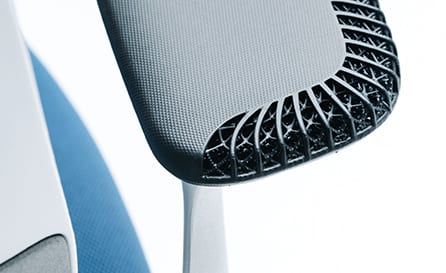
3. Part consolidation
Every part of the SILQ chair responds to gestural inputs rather than manual adjustments, reacting intuitively to a person’s body and movements. The arm cap was no exception. SILQ arm caps were traditionally manufactured with three separate parts assembled together. Using additive manufacturing, Fast Radius printed the arm cap as one contiguous unit — no assembly required.
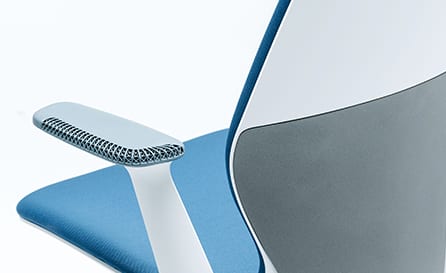
4. Material reduction
Fast Radius also designed the arm cap in four zones that provided different attributes based on how someone’s arm might interact with the cap. Although each zone was designed separately, Carbon’s DLS technology allowed the entire arm cap to be printed as one cohesive part using EPU 41, a material that is both flexible and conforming. And the use of lattices reduced material usage by up to 70% without sacrificing performance.
5. Zero-cost mass customization
Consumer personalization is fundamental to the SILQ idea. For high-value products like this, mass customization can be a key differentiator. More than three-quarters of consumers are willing to pay a premium for customized furniture. If a corporate client wanted to personalize the arm cap by changing the texture, adding a logo or customizing the look of the exposed lattice, it’s simply a design change in the CAD file. And when the part phases out of production — or a client wants to do another run of their custom arm cap — the CAD files can still be printed on demand. No re-tooling, no warehouse costs. Just change, print and go.
Gallery


the results
A disruptive design and innovation partnership opening the door to transforming an industry
100
design concepts produced by Fast Radius
12
unique designs produced and tested in 6 weeks
70%
reduced material usage in the final product

 Back
Back

